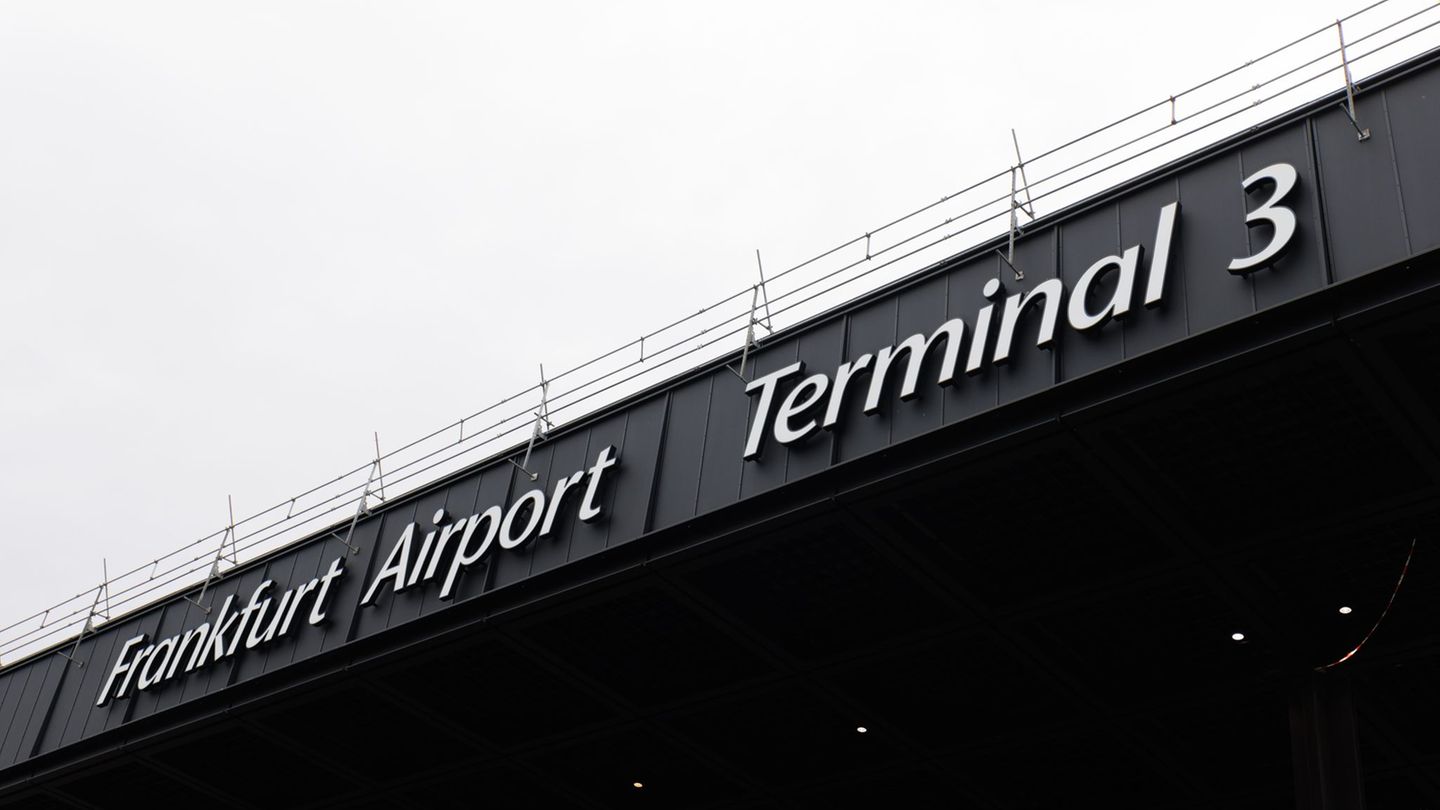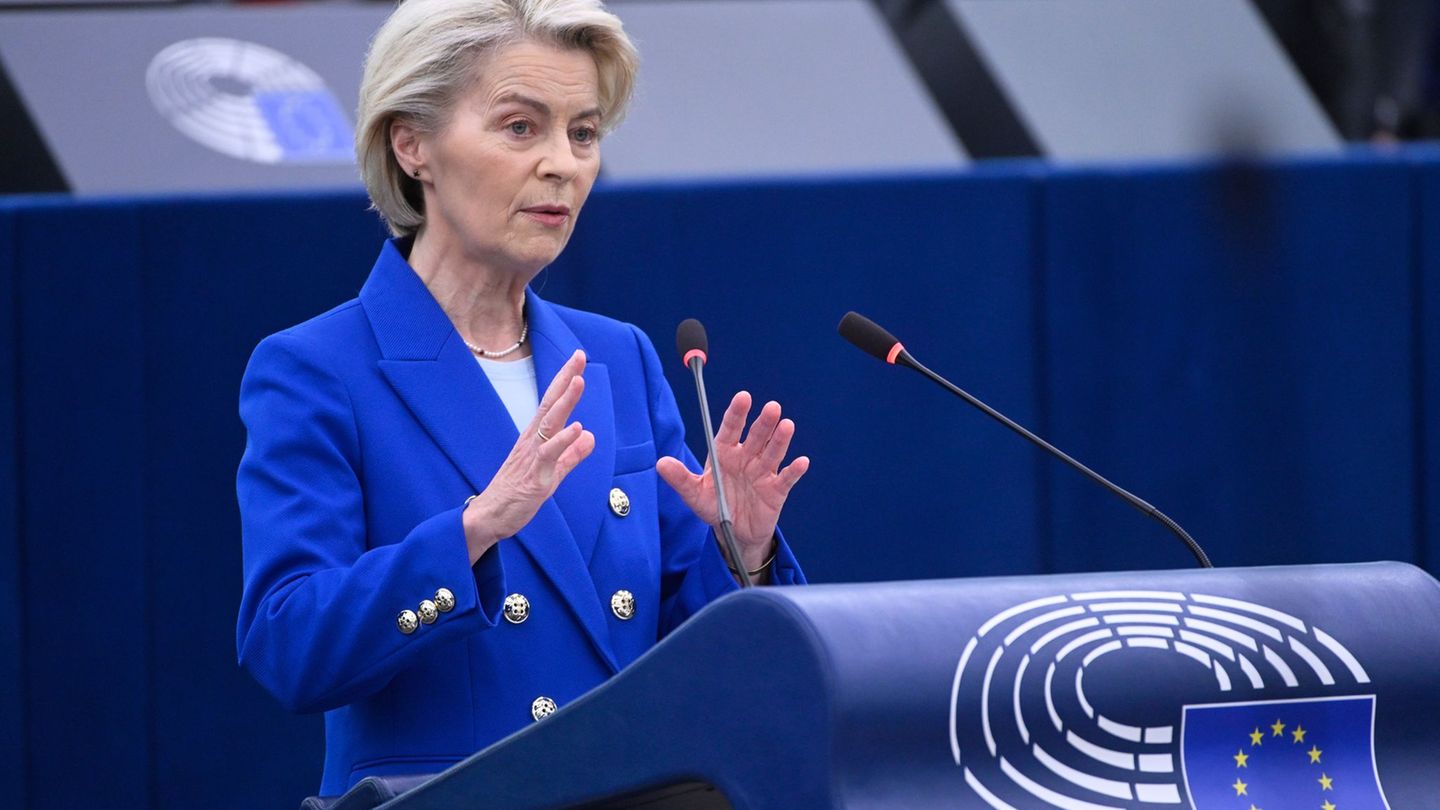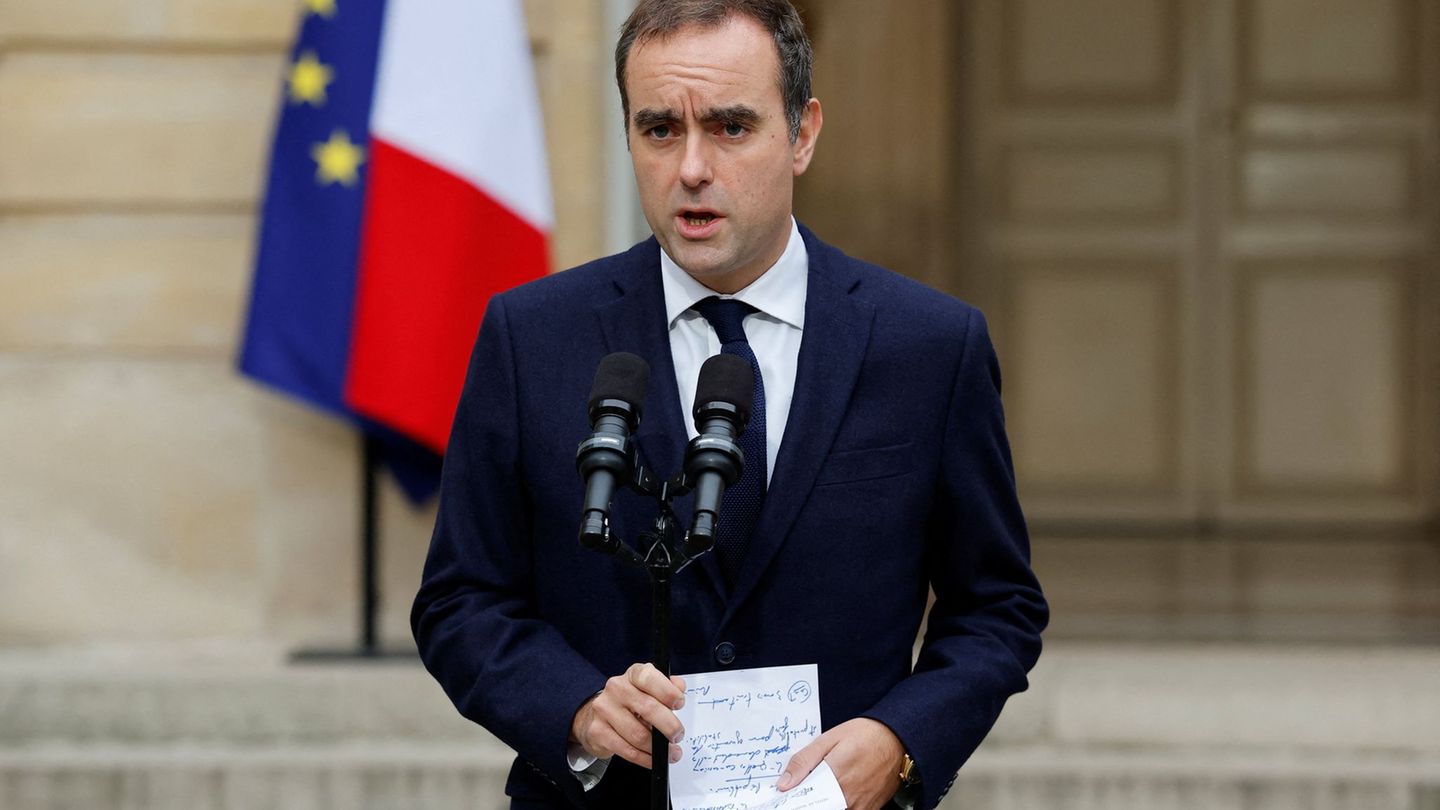Around 190 cases of this kind have been documented worldwide. ECDC Director Andrea Ammon said at a press conference in Stockholm on Tuesday. The numbers are a snapshot, the background of the liver inflammation is still the subject of investigations.
This video is disabled
Please activate the categories Performance Cookies and Functional cookies in your cookie settings to view this item. My cookie settings
The two suspected cases in Austria were confirmed according to the British case definition and were reported to the EU authorities. According to the Ministry of Health, no further suspected cases were reported. The two children are being treated in Vienna’s St. Anna Children’s Hospital. They were not in a critical condition on Monday, and there were no changes on Tuesday compared to yesterday, according to the APA request.
Corona or adenoviruses as a trigger? “pure speculation”
Health Minister Johannes Rauch (Greens) also did not want to speculate about a possible cause for the children suffering from hepatitis symptoms. There is “no definitive explanation yet” for this, and research work on this is still ongoing, said Rauch on the sidelines of a press conference.
The outbreak was first reported in the UK in early April and has now been identified in at least 12 countries around the world. Severe liver inflammation is rare in otherwise healthy children. Possible connections with adenoviruses are being investigated together with the WHO, said the ECDC director: “So far, however, it has been pure speculation”, because even if the adenoviruses could be a triggering factor, this could neither be confirmed nor disproved.
Possible WHO explanation
So far, no connection between the cases and no travel-related causes have been identified. The only thing that is certain is that viral hepatitis A, B, C, D or E is excluded. For the WHO, it is conceivable that children are now more susceptible to adenoviruses because these pathogens were transmitted less during the pandemic. In addition, the hypothesis is investigated that dual infections with adenoviruses and the corona virus play a role. The WHO excludes hepatitis as a side effect of Covid vaccinations: The vast majority of young hepatitis patients are not even vaccinated.
Ammon announced a risk assessment for Thursday, a “Rapid Risk Assessment”. She emphasized that the liver inflammation had already led to such severe courses that a liver transplant was necessary. In any case, it is not possible to determine whether there is an increase in hepatitis cases in the EU/EEA area – without evidence of hepatitis viruses A, B, C, D or E – stressed the ECDC Director. In Austria, too, only hepatitis virus cases are registered, so there were around 1,900 in the previous year, mostly caused by the two virus types B and C.
According to the World Health Organization (WHO), two thirds of the unclear liver infections had been reported in Great Britain since it became known. The rest are spread over several European countries from Norway to Romania as well as the USA and Israel. 17 of the affected children needed a liver transplant, at least one died – it was not yet known where the death was registered. In Great Britain, 111 children fell ill, ten needed a liver transplant, the local health authority UKHSA considers a connection with the adenovirus 41F to be likely.
Source: Nachrichten




